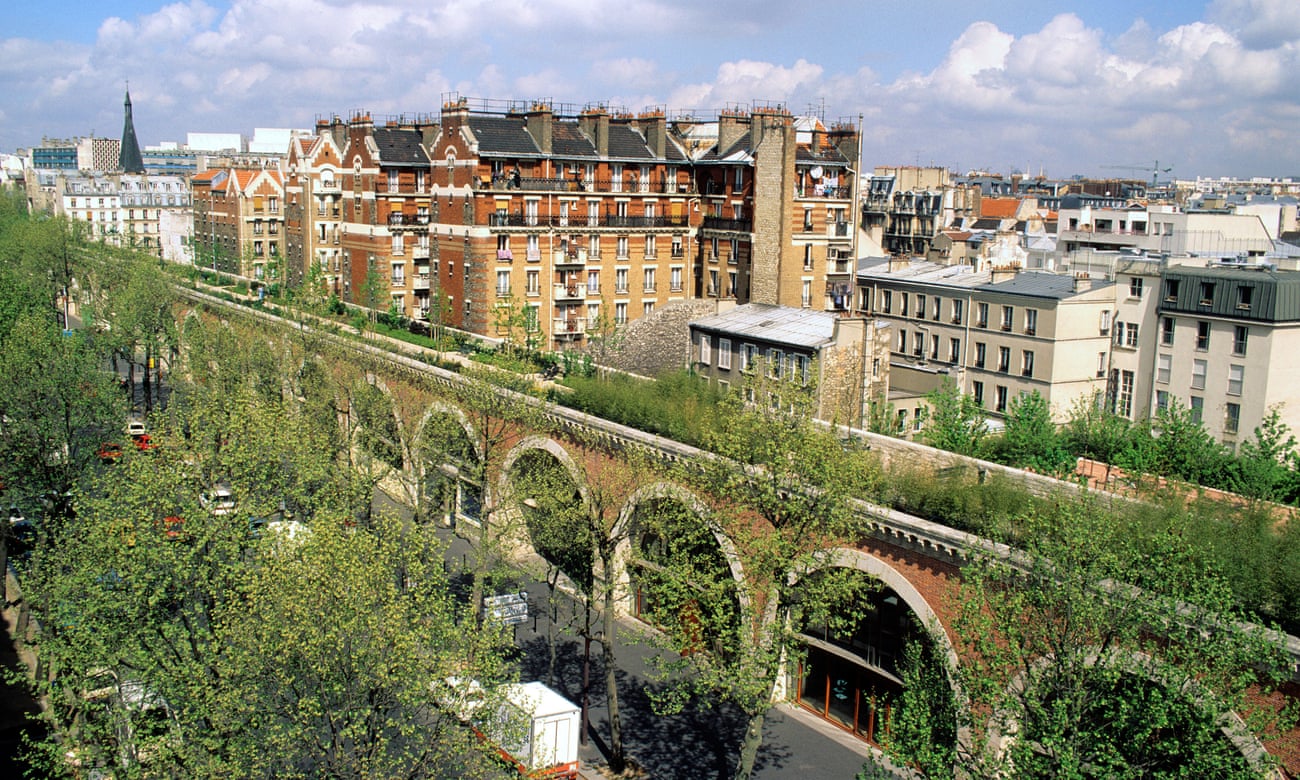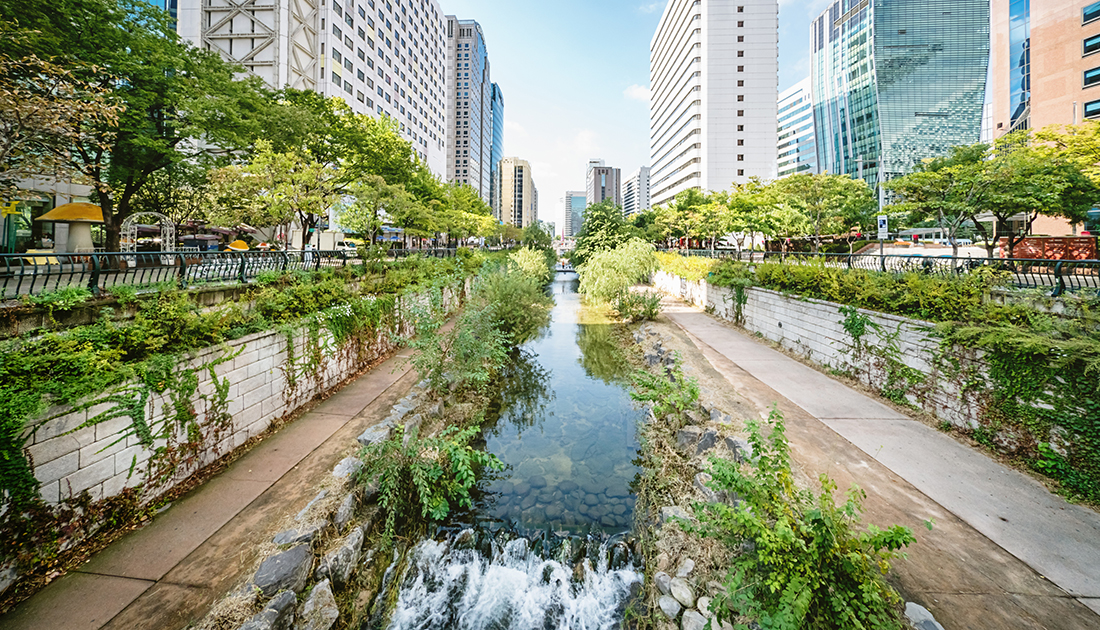For the last couple decades, the United States of America has been on a collision course with reality, and I think everyone has felt it. To the political right wing of the country, that feeling has manifested as episodic concern over debt (when talk turns to spending for the common good), fear of a decline in American global “leadership”, and some vague notion of lost glory and moral decay. Toward the left, it has been more about environmental collapse and war, and increasingly, about a detachment from scientific understanding of reality, as scientists have increasingly coalesced around a concern over climate change. The scientific divide has not been a clear left/right issue, with things like anti-vaccine sentiments being present on both “sides”, and a deep suspicion of genetic modification technology, and the pharmaceutical industry on the left being driven by a reasonable (in my opinion) suspicion of the massive corporations that have dominated both of those fields of late.
But regardless, there has been a general consensus that things cannot continue as they are.
With the COVID-19 pandemic, the stakes have been raised, and I’ve been watching the response to this plague in news, government, and online discourse, take some deeply bizarre turns. It has been mentioned, from time to time, that we seem to be living in some strange side-universe of whatever human timeline actually continues on into the deep future. This is that weird timeline that only shows up in a comic book in some alternate reality, where Donald Trump actually won an election, and major political parties in the US responded to a global pandemic by insisting that it wasn’t happening, and that the death counts were all made up. I think much of that feeling of unreality comes from the the slow realization that a lot of what we were taught about the United States and its role in the world was never true. Whatever the reason, this is where we are.
As of writing, just under 100,000 people have been killed in the United States by this virus, and we still have people saying that a lockdown and social distancing are more damaging to society.
I’ve heard some people say that the entire pandemic is somehow part of a global left-wing conspiracy, and any evidence to the contrary is faked in some way, or caused by the lockdown itself. Obviously I don’t agree.
This is a preview of a piece for my $10/month patrons. If you’d like to read the full article, you can sign up to help support my work over at Patreon.com/Oceanoxia










